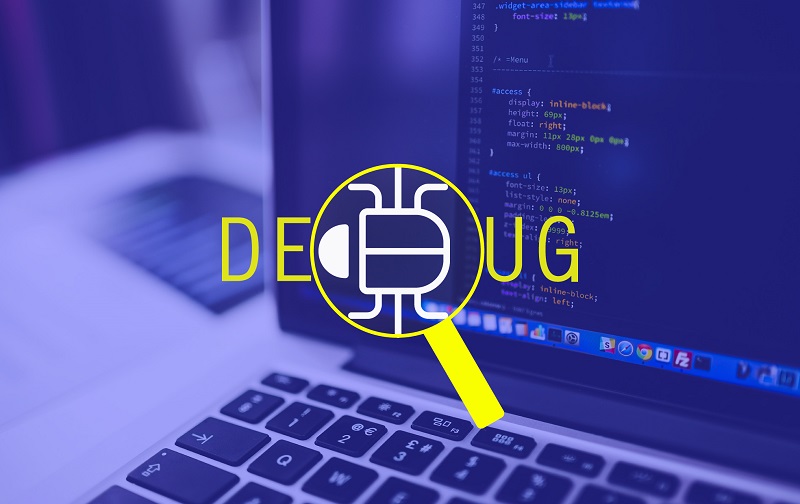
Best Practices for Debugging Full Stack Applications
- Post On4.1.2023
- ByFrancisNjuguna
Debugging full stack applications can be a daunting task. It requires a deep understanding of the entire application stack, from the front-end to the back-end. To make debugging easier, it’s important to have a set of best practices in place. Here are some of the best practices for debugging full stack applications:
1. Understand Your Application Stack: Before you start debugging, it’s important to understand your application stack. This includes understanding the different components that make up your application, such as the front-end, back-end, and database layers. Understanding how these components interact with each other will help you identify where potential issues may lie.
2. Use Logging and Monitoring Tools: Logging and monitoring tools can be invaluable when it comes to debugging full stack applications. These tools allow you to track errors and performance issues in real time, giving you an insight into what’s happening within your application at any given moment.
3. Isolate Issues: When debugging an issue, it’s important to isolate it as much as possible so that you can identify the root cause quickly and accurately. This means testing individual components of your application separately and ensuring that they are functioning correctly before moving on to other parts of the system.

4. Test Early and Often: Testing is an essential part of debugging full stack applications. It’s important to test early and often throughout the development process so that any issues can be identified quickly and addressed before they become major problems down the line.
5. Use Automated Testing Tools: Automated testing tools can be extremely helpful when it comes to debugging full stack applications as they allow you to quickly identify potential issues without having to manually test every component of your system individually. Automated testing tools also provide detailed reports which can help you pinpoint exactly where an issue lies within your codebase so that you can address it quickly and efficiently.CONCLUSION
By following these best practices for debugging full stack applications, you will be able to identify issues more quickly and accurately while also ensuring that your codebase is running optimally at all times.
